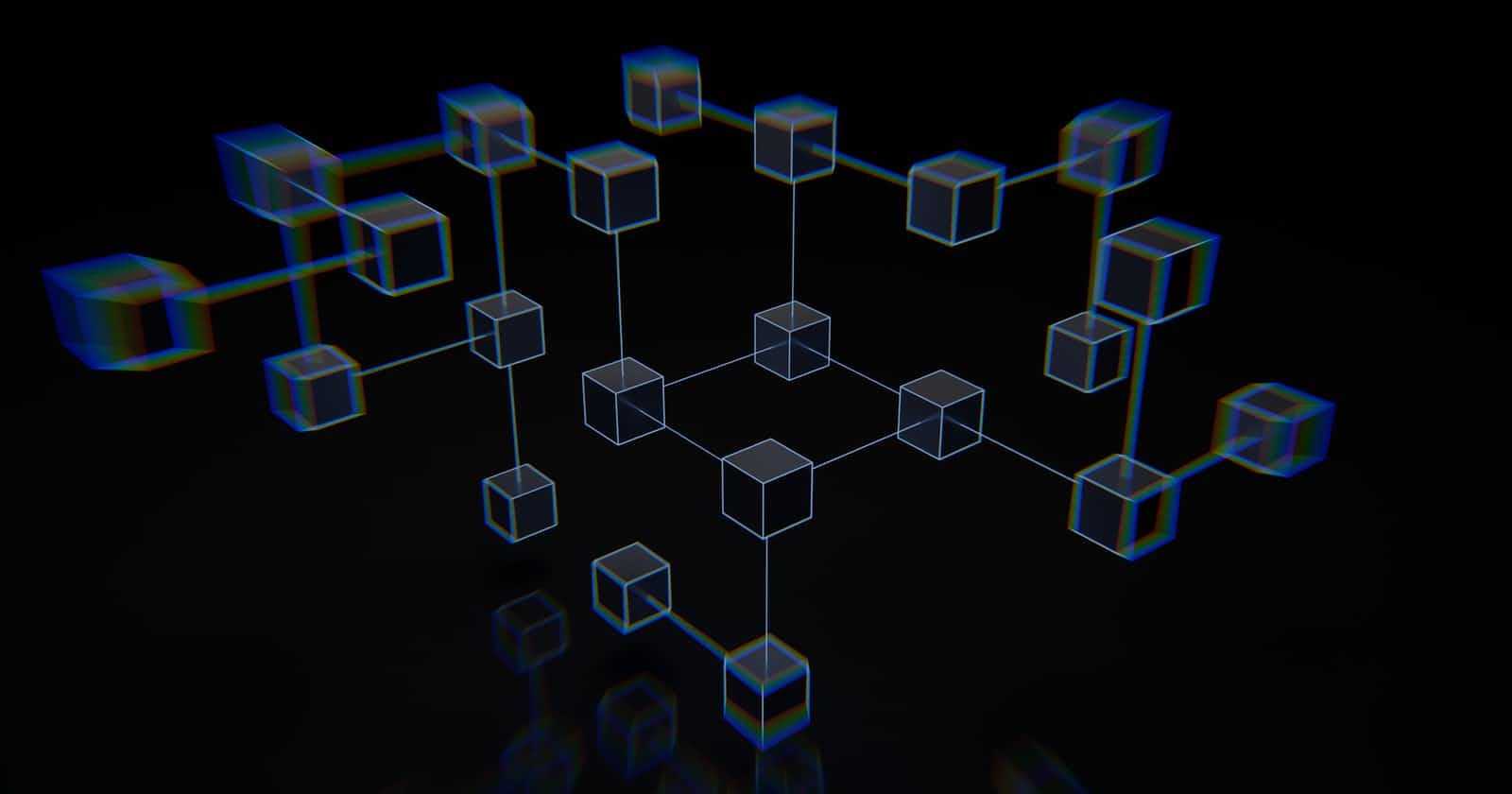The blockchain cannot be described just as a revolution. It is a tsunami-like phenomenon, slowly advancing and gradually enveloping everything along its way by the force of its progression. _William Mougayar
we are in NEW territory. the ground is shifting beneath us AND…
technological disruptions in every sector or industry from power to agriculture, exposes the inevitability of change. Speaking of change, blockchain technology is causing major shifts in the way we transact and share data. But what REALLY is BLOCKCHAIN technology? Well…Why don’t we find out.
While most people may feel this is a relatively new technology, it is important to note that the concept and idea of blockchain dates back to the 90’s, when it was first proposed by David Chaum in his 1982 dissertation “Computer Systems Established, Maintained, and Trusted by Mutually Suspicious Groups". After several years of contribution to the research by several individuals. The first decentralized blockchain was conceptualized by a person (or group of people) known as Satoshi Nakamoto in 2008, which was implemented as a core component of the cryptocurrency bitcoin.
Let’s find out more...
A blockchain is a distributed database that is shared among the nodes of computer network that stores data publicly in chronological order and it is encrypted using cryptography to ensure privacy and data loss or compromise.
Here’s a simple analogy to understand the definition above:
Assume you have a friend named John, he requested to borrow your teddy bear for a few days but because this is your favorite toy you asked him to sign a piece of paper with his signature. After a few days, you confronted him about the toy and he denies that he has no knowledge of any toy or piece of paper you are talking about. What do you do? This situation might lead to a fight or worse, end your friendship with John, right?
Assume this same scenario happened amidst all your friends. So you suggested that each item borrowed should be recorded in a notebook, that is, keeping a form of database, centralized database. While this might work, imagine there’s a fire outbreak, the notebook gets burnt which results to loss of all records of items exchanged amongst your friends.
To avoid such unfortunate incident, one of your friends named Ayo suggests you all should keep a copy of the notebook, distributed database, that is, everyone should have a copy each and you were chosen to be person capable of updating the notebook. One day, Ayo, your best friend had borrowed some toys and he broke most of them. He asks you a favor. To remove all his transactions and so you did. The down side to this approach is the database is centralized and easily accessible for alteration.
Although there were many copies of the transactions only you were allowed to take decisions based on this matter. This centralized system also would not work. Why not keep it all transparent? Everyone decides to keep a notebook; every time a transaction is made all of your friends write in their book, and no person controls the overall representation of the transaction. This is decentralization. They never remove or alter any previous transaction anytime anyone checks the detail of transaction that took place. This is Immutability.
Suppose one of your friend tries to cheat and alter his own notebook, but since everyone keeps a copy, they claim this is a fraudulent transaction and disagree on further addition of data. Since these transactions form a chain, this fully decentralized, immutable notebooks are called blockchain. And what you use for transaction, in your case toys, can be currency like ethereum, tokens such as NFTs or anything else.
What can blockchain do?
Blockchain has many potential use cases, some of its emerging application are across finances, business, government.
• Blockchain provides a way to securely and efficiently create a tamper proof log of sensitive activity. With the creation of digital currencies built on this technology, money can be transferred and received from one geographical region to another without any third party involvement.
• People could keep all deals of properties and thus make sure there is no fraud.
• People could use it to store all their certificates digitally.
This system, no doubt, still has numerous contradictions toward its principle of decentralization regardless, it provides a deluge of opportunities that are being enjoyed, both at the end of the users and the end of developers building these products. There is a ton of interesting stuff to discuss when it comes to the benefits of blockchain so stick with me and in the next article, these benefits will be extensively discussed.

